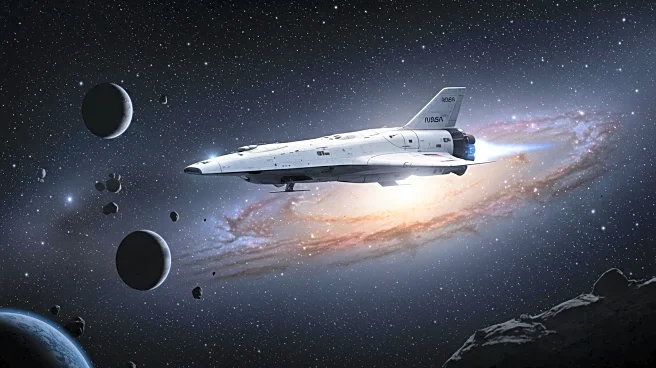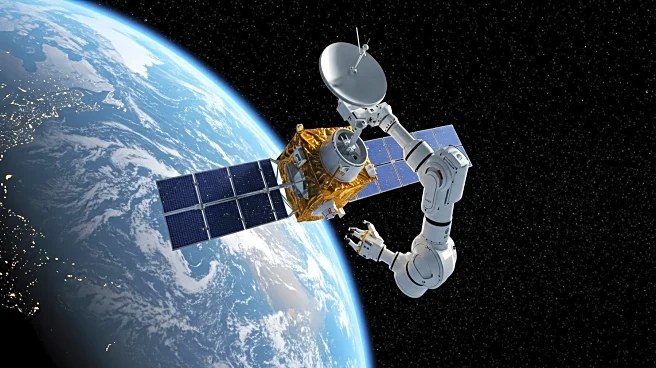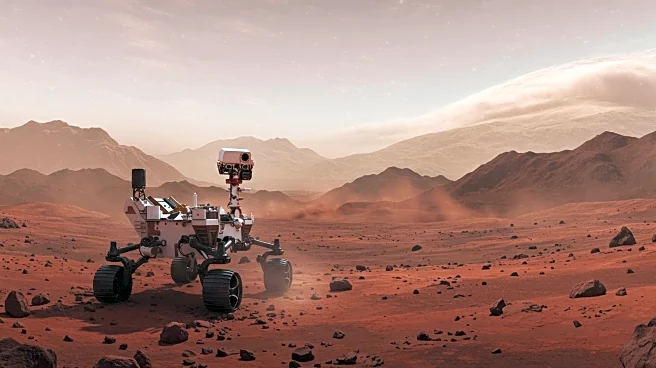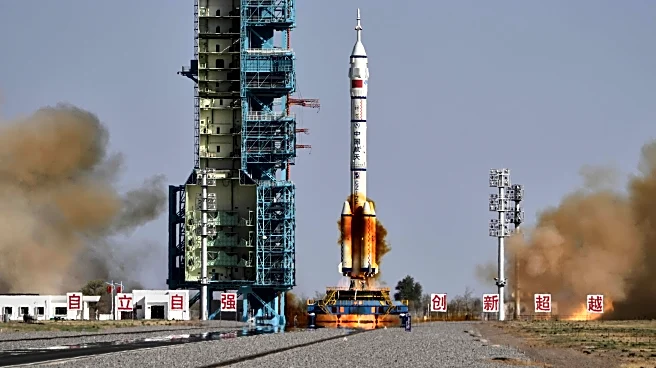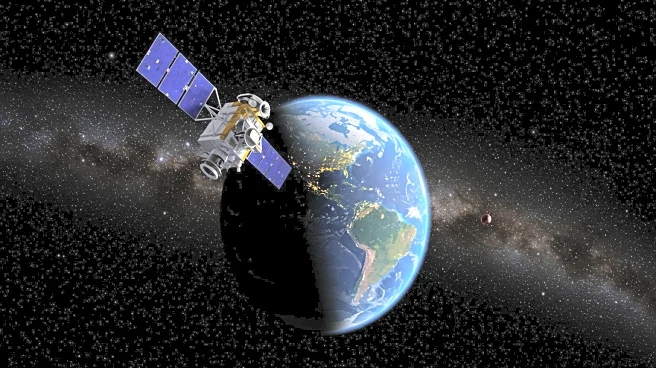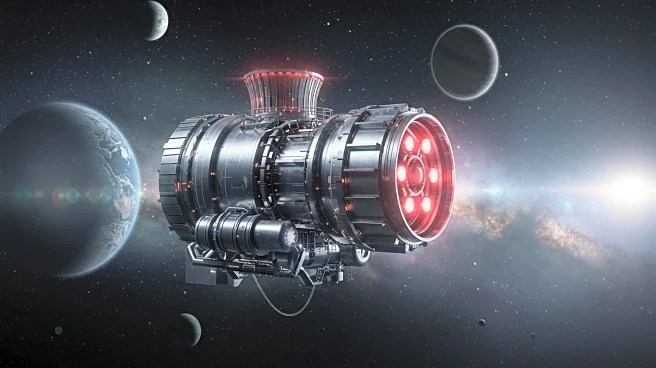What's Happening?
NASA is undergoing a strategic shift, reducing its focus on climate science to prioritize space exploration missions. Acting Administrator Sean Duffy announced the agency's plan to concentrate on returning humans to the moon, advancing Mars exploration, and developing technology for sustained space presence, such as nuclear power for lunar bases. This pivot aligns with the broader political and budgetary priorities of the current administration, emphasizing exploration beyond Earth. While Earth science remains valuable, NASA's core mission is now more focused on extraterrestrial exploration, reflecting a significant change in the agency's direction.
Why It's Important?
NASA's shift in focus has significant implications for U.S. scientific leadership and geopolitical strategy, particularly in light of China's lunar ambitions. By prioritizing space exploration, NASA aims to maintain its competitive edge in space technology and exploration. However, this change may impact climate science research, which has been a critical component of NASA's work. The decision reflects broader political priorities and budgetary constraints, potentially affecting funding and resources for climate-related projects. Stakeholders in the scientific community may express concerns over the reduced emphasis on Earth sciences.
What's Next?
NASA's strategic realignment will likely lead to increased investment in space exploration technologies and missions, including human missions to the moon and Mars. The agency may face challenges in balancing its new priorities with existing commitments to climate science. As NASA implements this shift, it will need to navigate potential criticism from the scientific community and stakeholders concerned about the impact on climate research. The agency's future direction will depend on political support and funding allocations, influencing its ability to achieve its ambitious exploration goals.
